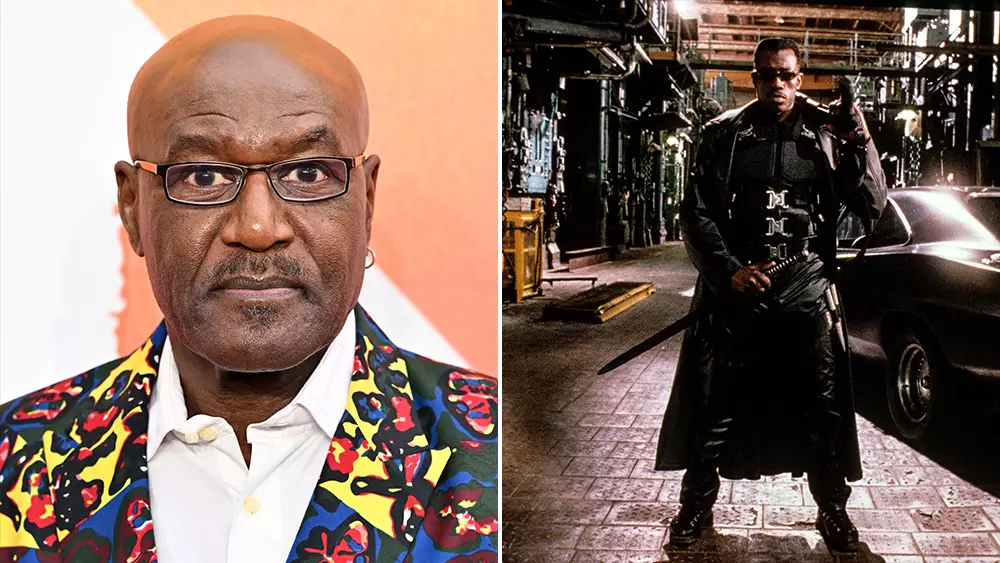Delroy Lindo’s reflections on the delayed Blade reboot give us a window into the complexities of modern filmmaking, particularly within established franchises. Marvel’s ambitious attempt to reimagine the character, originally made famous by Wesley Snipes, brings enormous expectations. These challenges underline the delicate balance between creative vision and corporate intervention in blockbuster filmmaking. Lindo pointed out that initially, there was genuine enthusiasm and inclusivity in discussions regarding his role in the project. The veteran actor, known for his strong performances, seemed optimistic about crafting a character that would resonate deeply, drawing parallels to figures like Marcus Garvey.
However, his comments also highlight a critical pitfall in Hollywood: the ease with which a project can “go off the rails.” This phrase leans into the notion that despite rigorous planning and creative input, external forces—be it institutional pressures, shifting industry standards, or even pandemics—can derail even the most promising prospects.
Creative Differences and Production Turbulence
Lindo’s exit from the Blade reboot further illustrates the often tumultuous nature of film production, especially in franchises that carry the weight of a beloved legacy. After the initial excitement, the project experienced a variety of delays and changes, including the departure of pivotal figures like directors Bassam Tariq and Yann Demange. Such upheavals usually indicate deeper systemic issues, whether they stem from differing creative visions or financial constraints.
Marvel’s decision to pull Blade from its 2025 release calendar might seem like a strategic choice but reflects a larger trend where studios are forced to reassess their projects amid unpredictable industry climates. The ramifications of these delays can ripple through a franchise, affecting everything from casting to audience anticipation and even the overall brand narrative.
Hope Amidst Uncertainty
Despite the setbacks, Marvel Studios appears committed to Mahershala Ali’s portrayal of Blade. Kevin Feige’s assurances that the creative team is keeping up to date implies that there remains a genuine desire to see this character brought back to life in a meaningful way, transcending the troubles encountered so far. Ali is not just any actor; he’s a two-time Oscar winner who brings significant gravitas to the role. However, the question remains: how will Marvel navigate these complexities to deliver a product that satisfies both fans of the original and a new generation?
The Blade reboot serves as a fascinating microcosm of the challenges that plague the entertainment industry today. On one hand, you have groundbreaking intentions; on the other, an often unyielding studio system that can stifle innovation. For every creative endeavor, there’s a need for balance between ambition and practicality—skills that Hollywood must master if it hopes to continue captivating audiences in an increasingly fragmented media landscape.
As the discourse surrounding Blade unfolds, it becomes clear that the power dynamics in Hollywood must evolve for such aspirational projects to come to fruition. The journey of Blade, while thorny, invites filmmakers to reflect critically on how they can cultivate creativity amid the pressures of a high-stakes environment.
